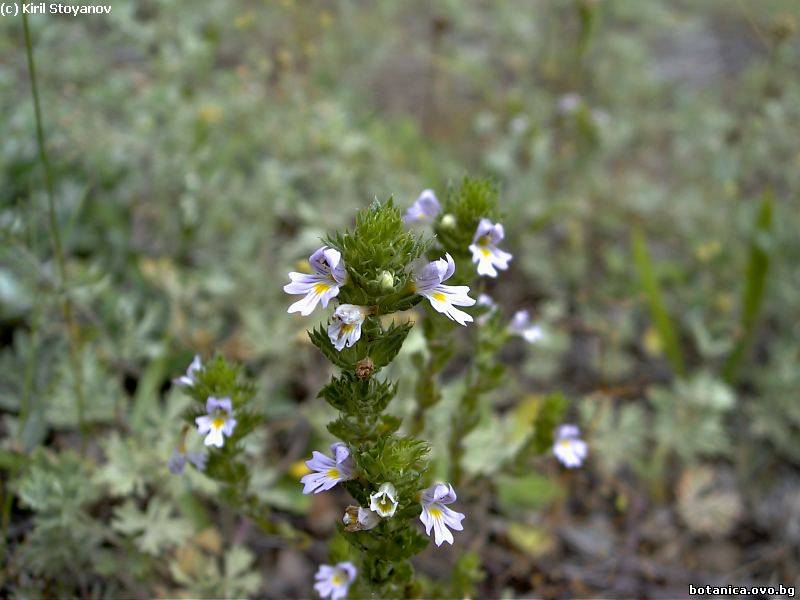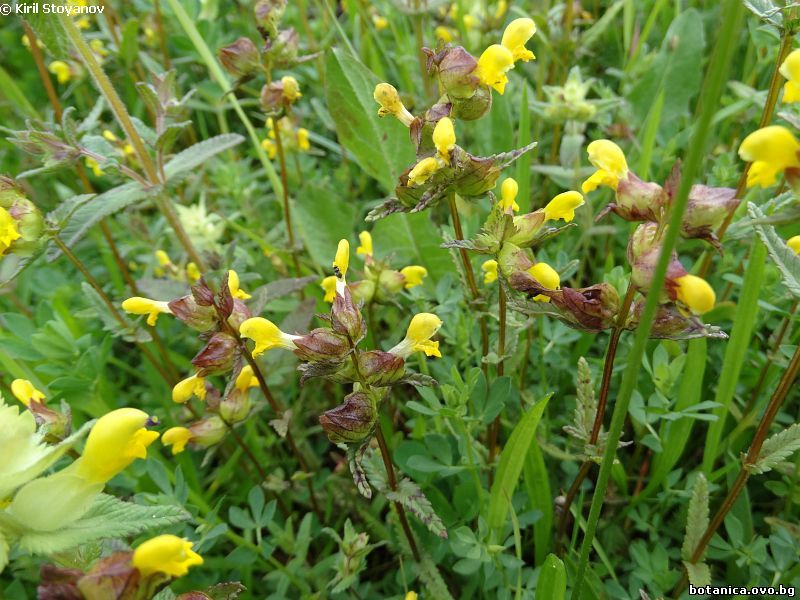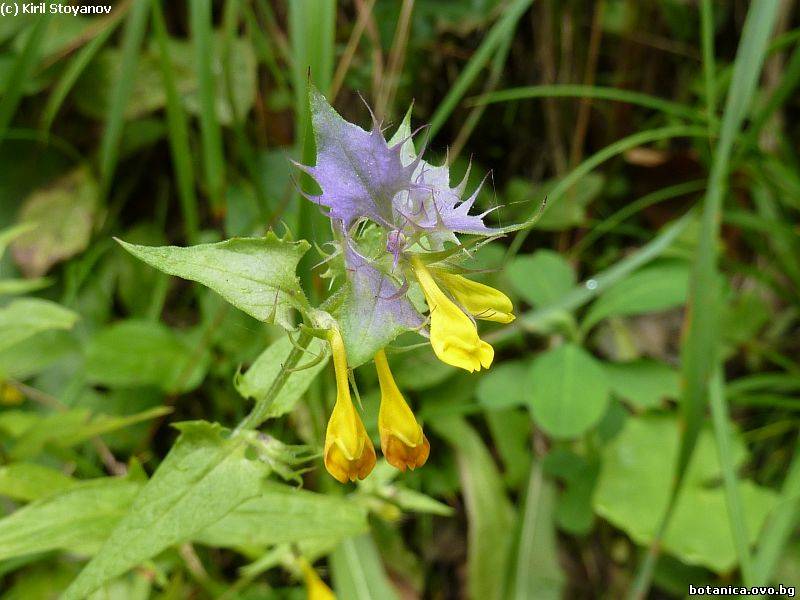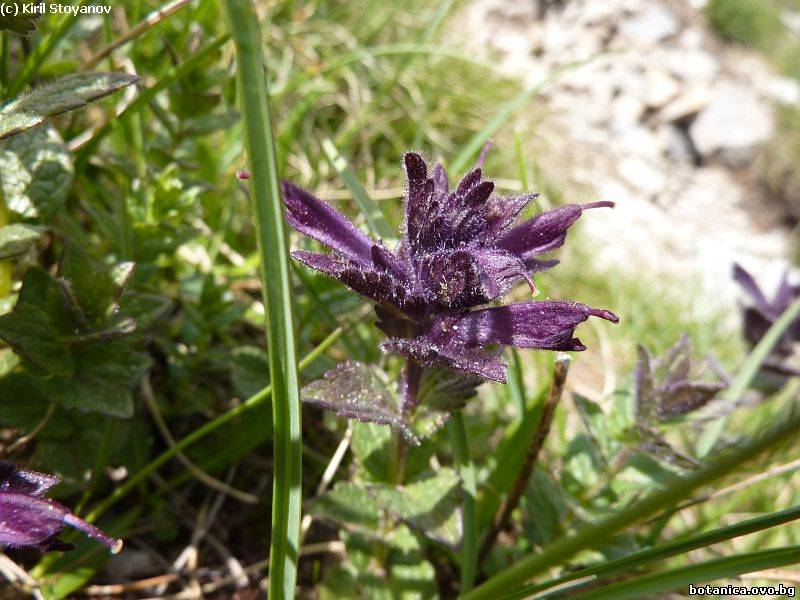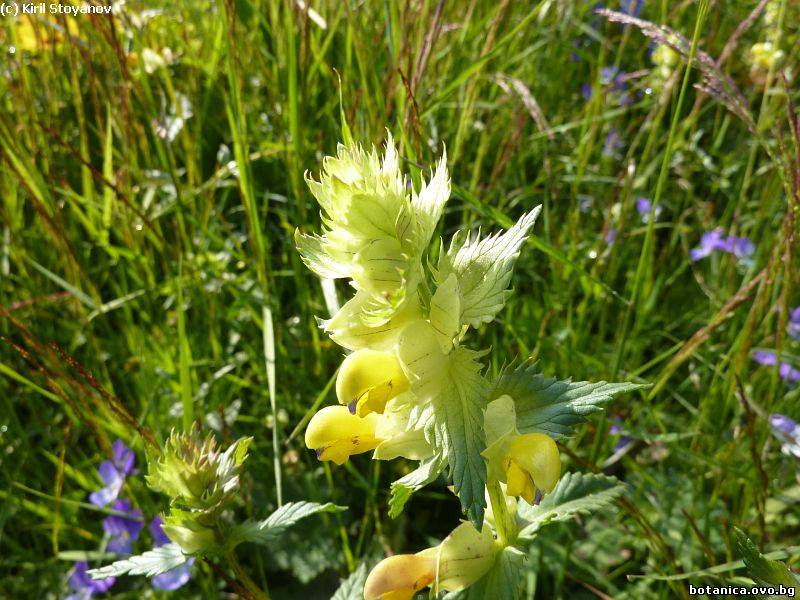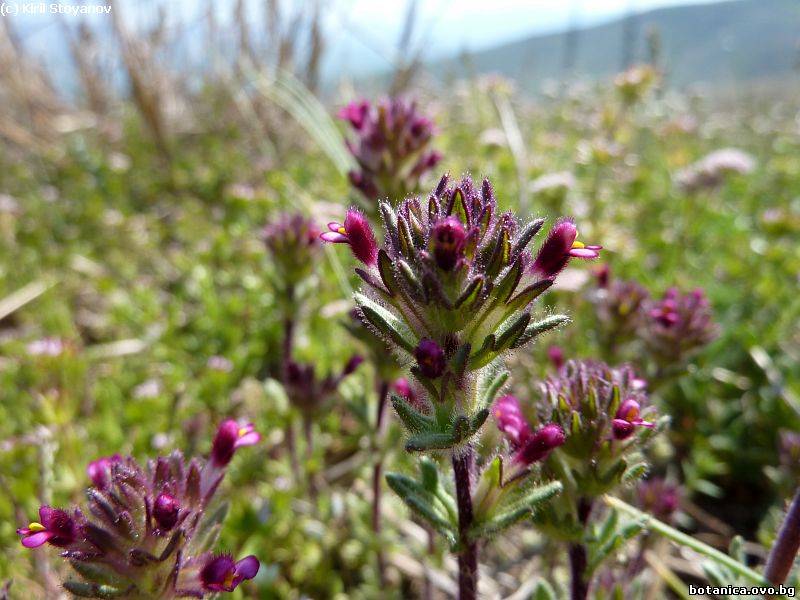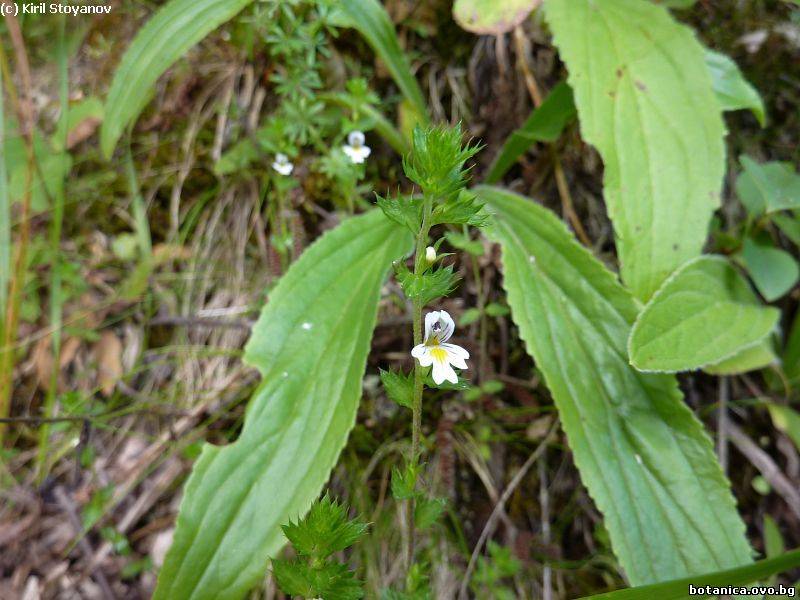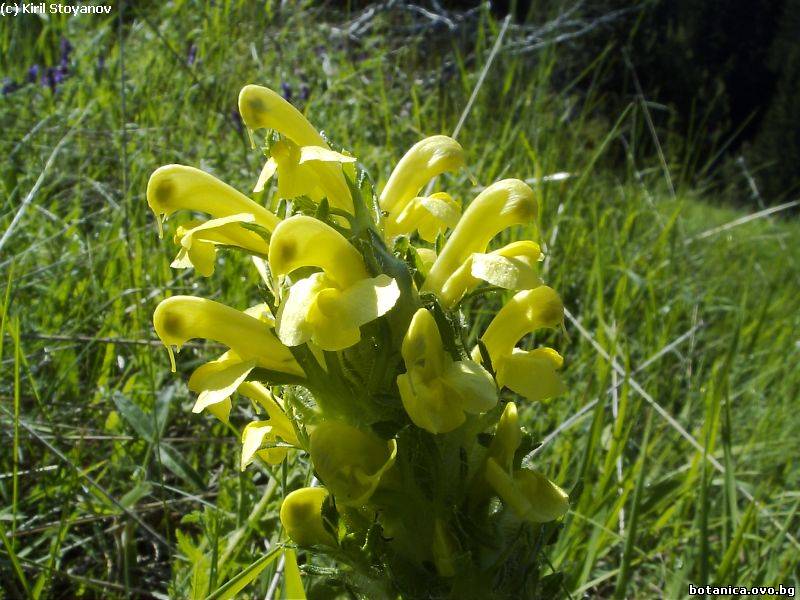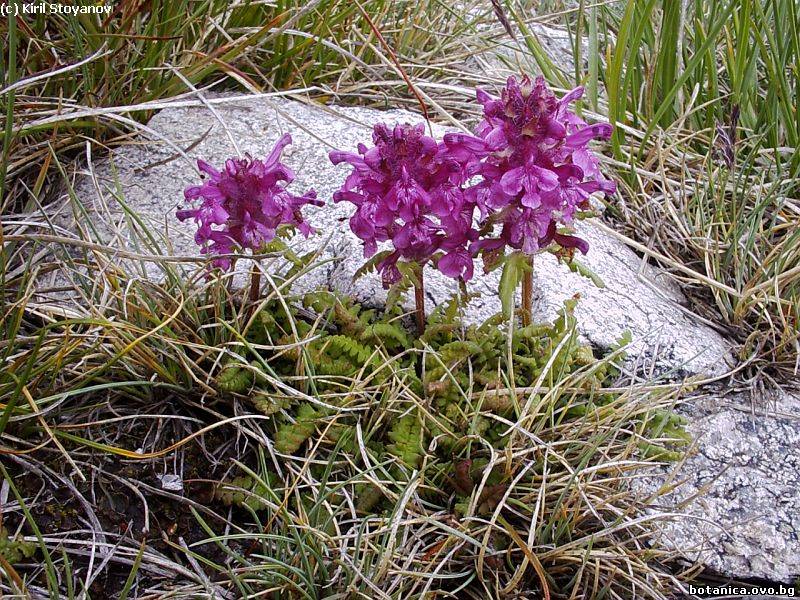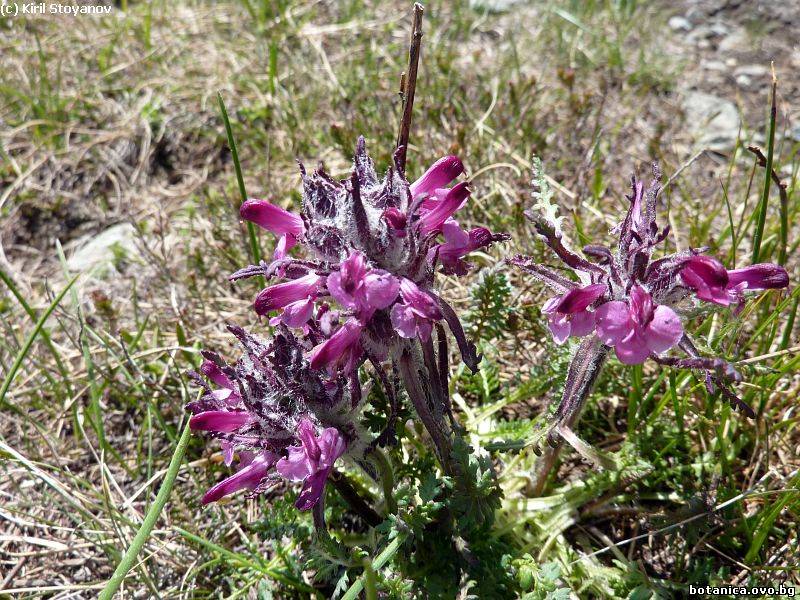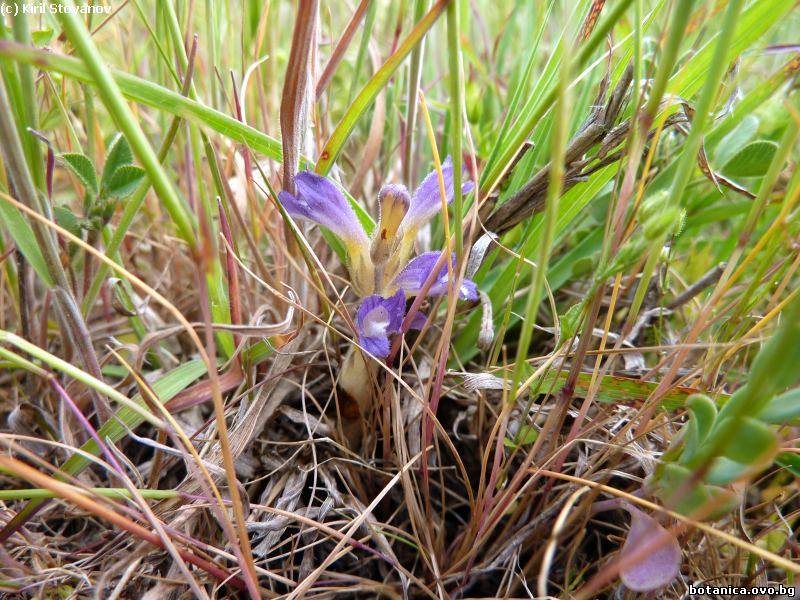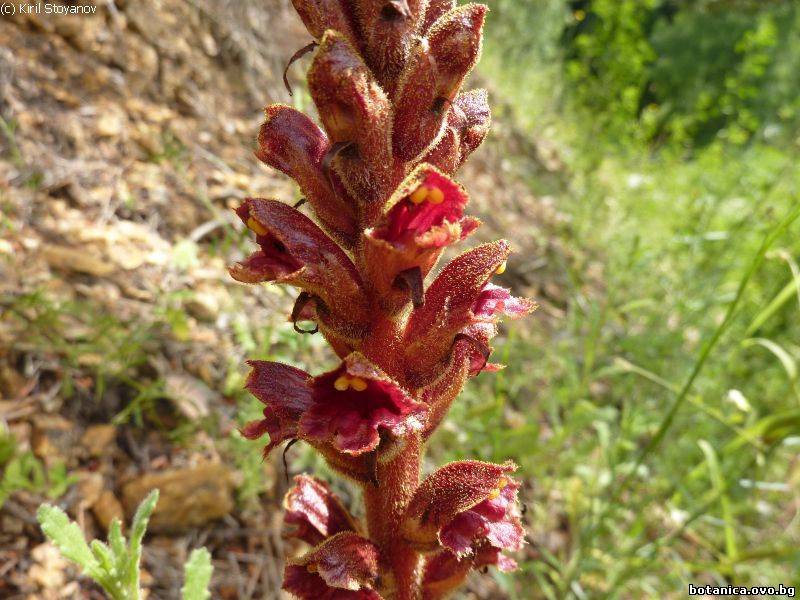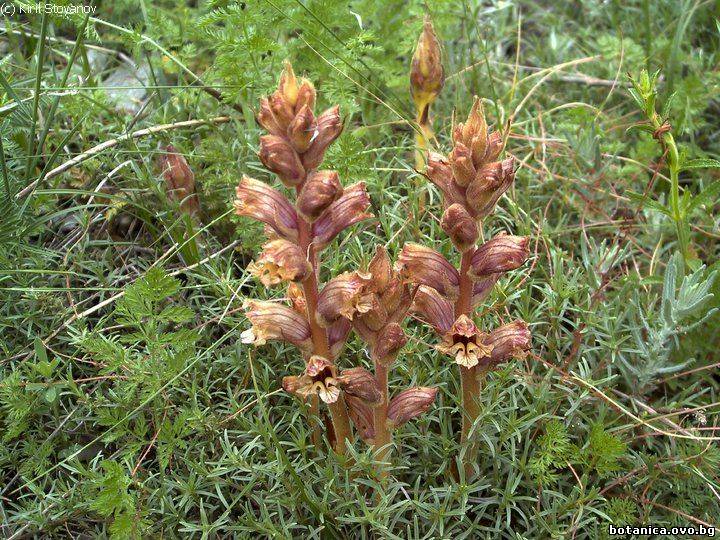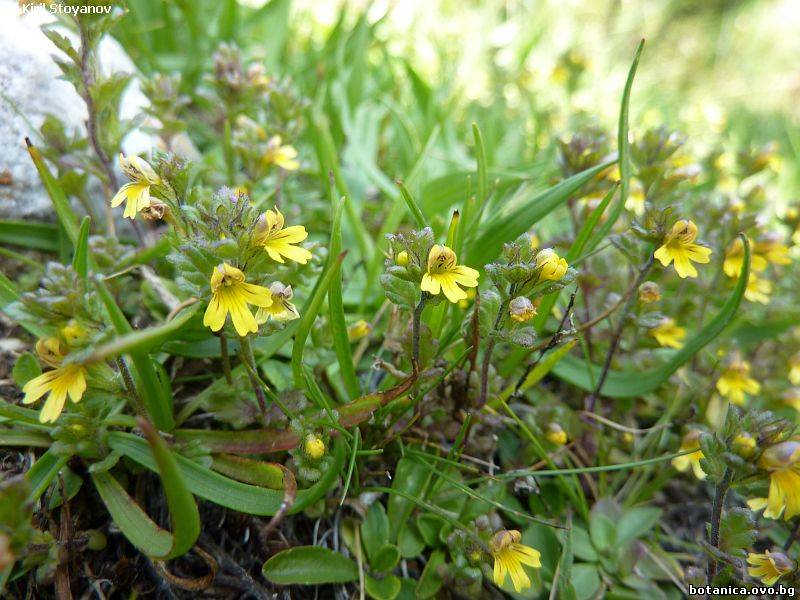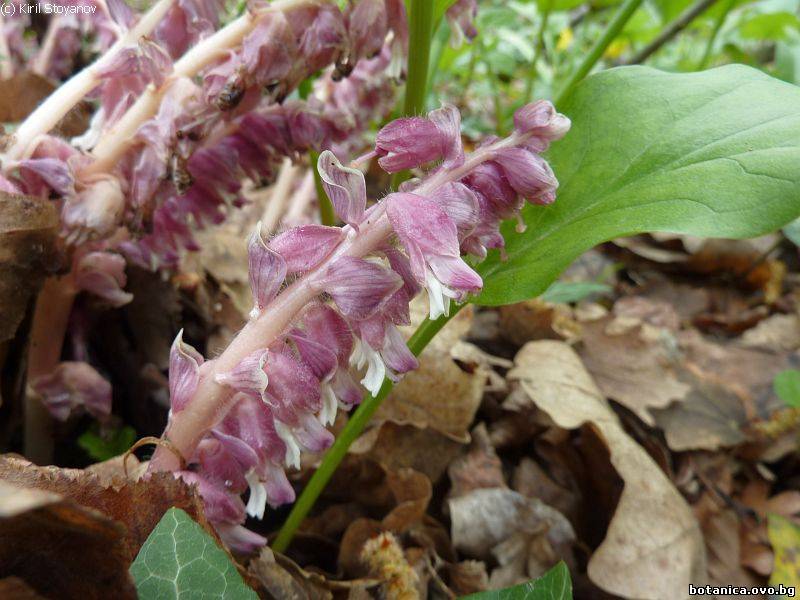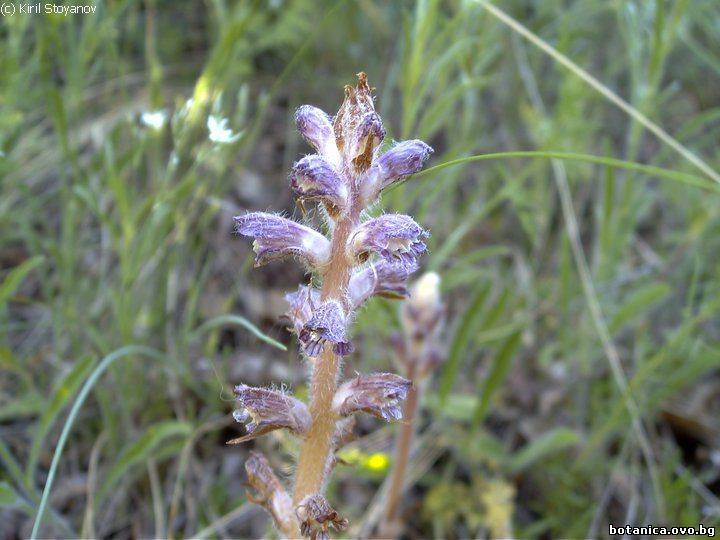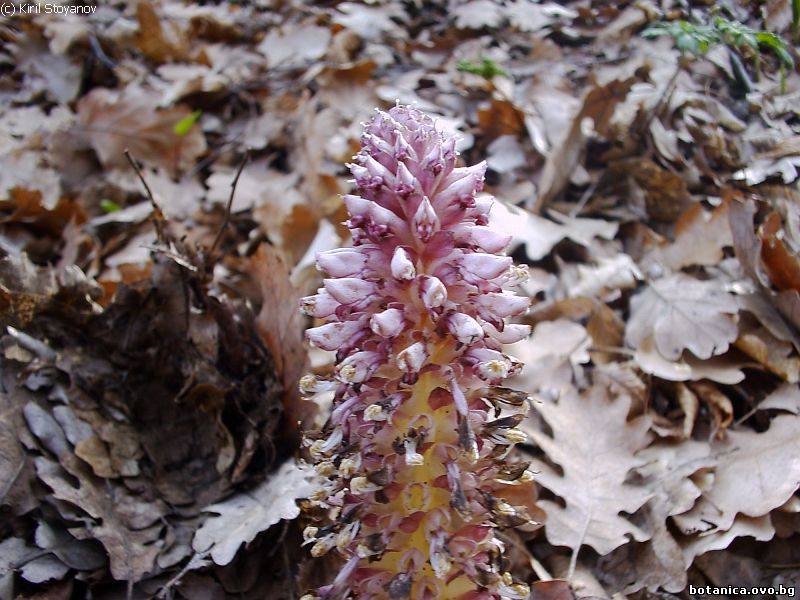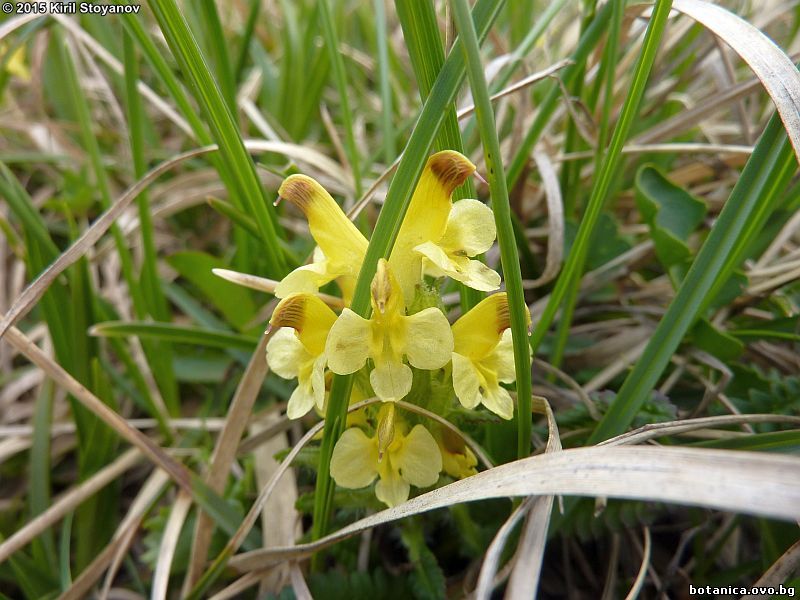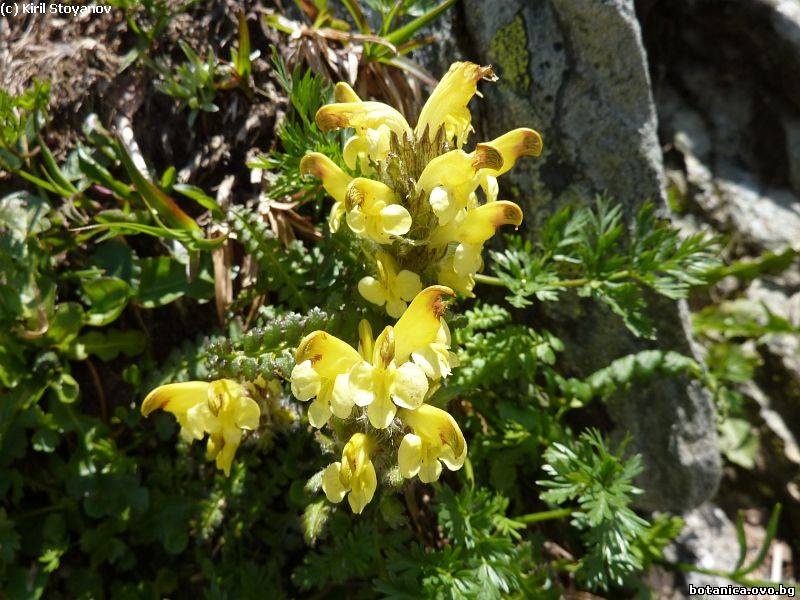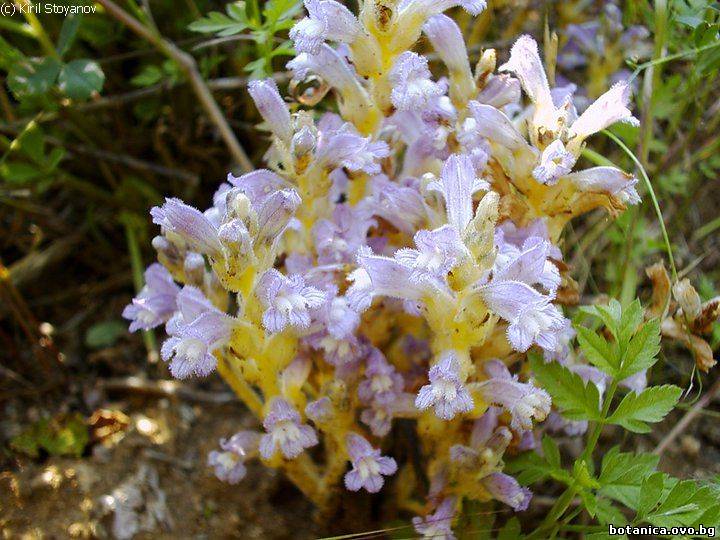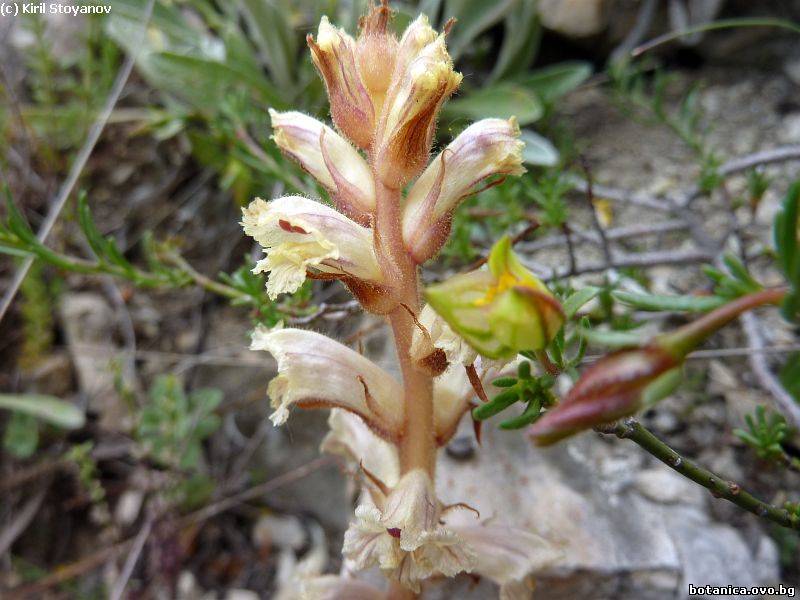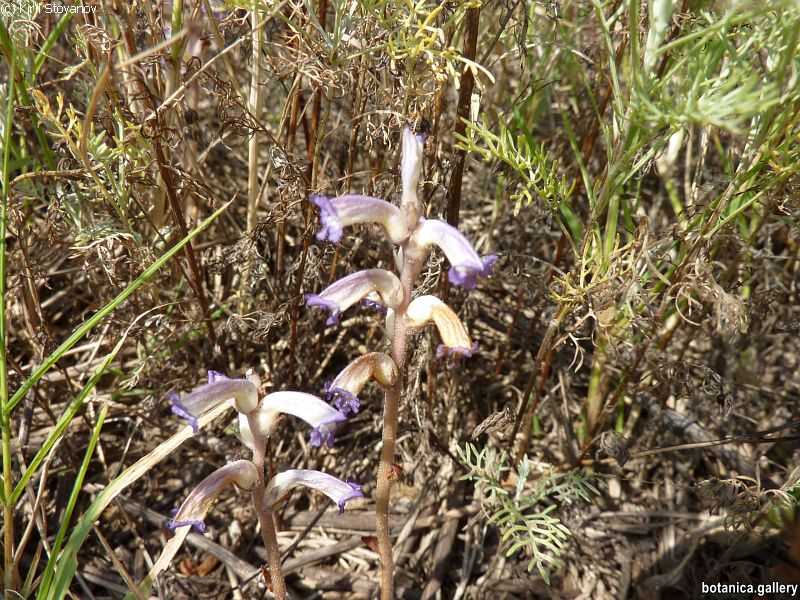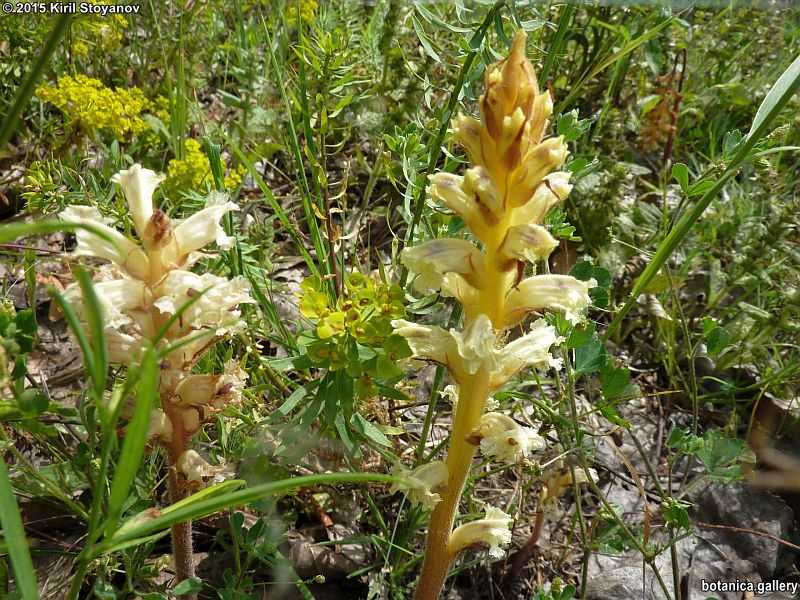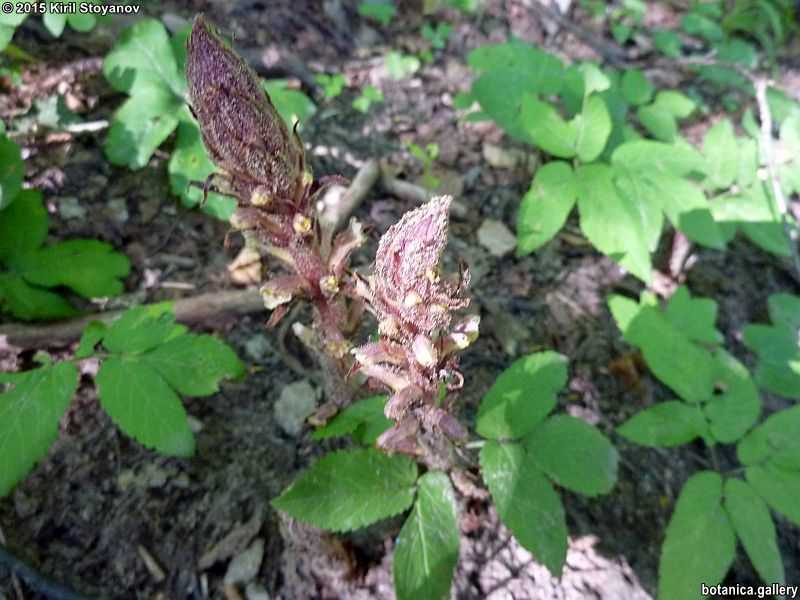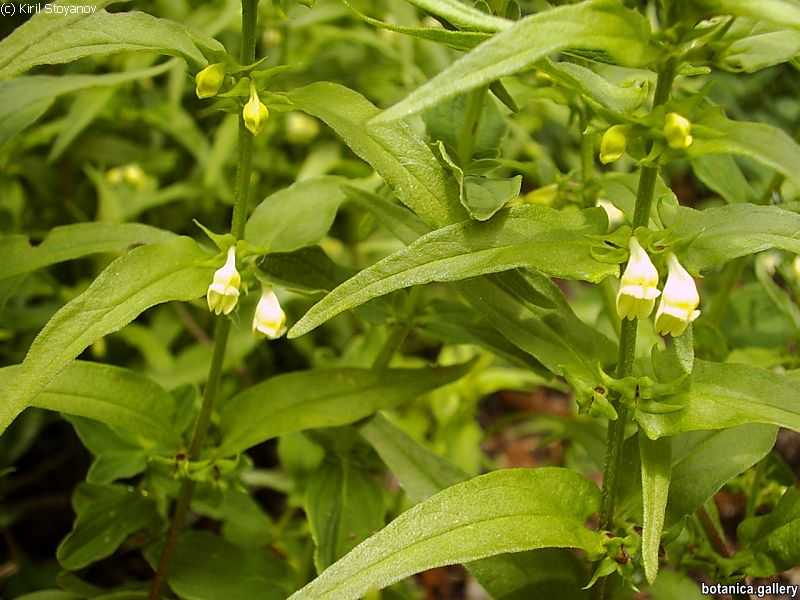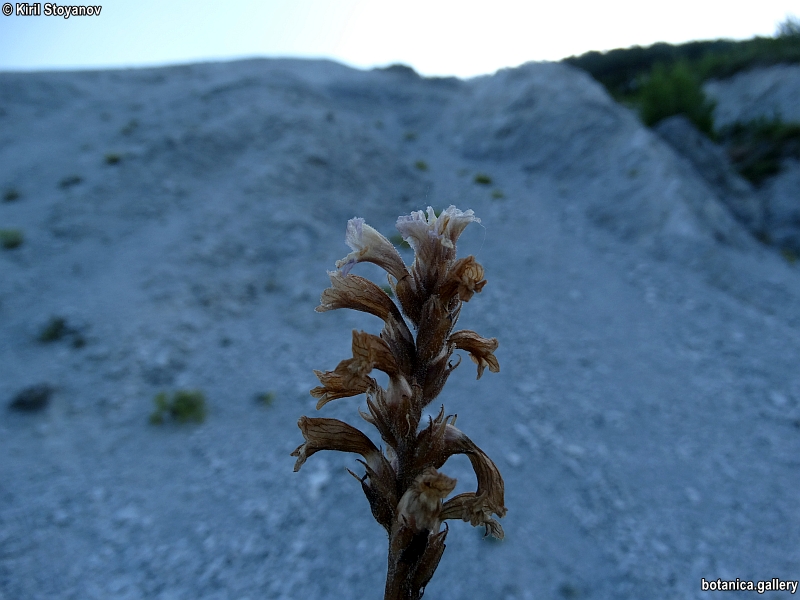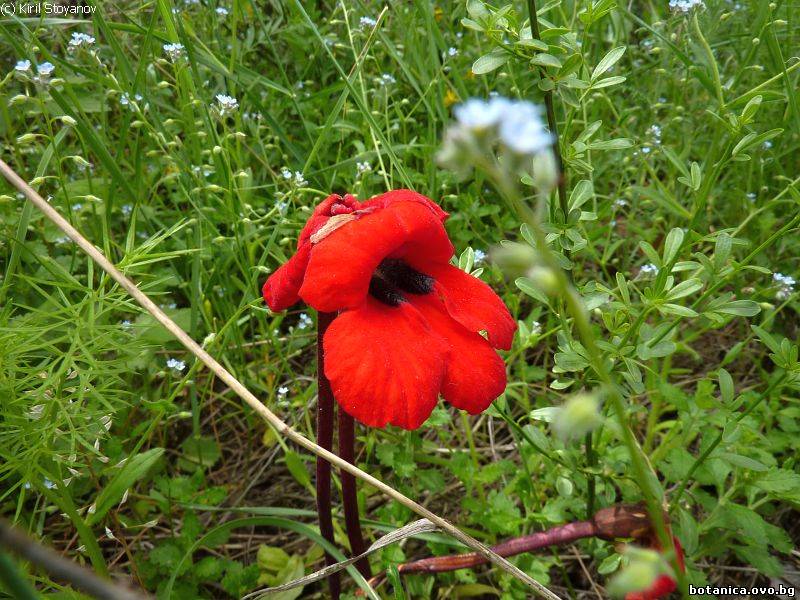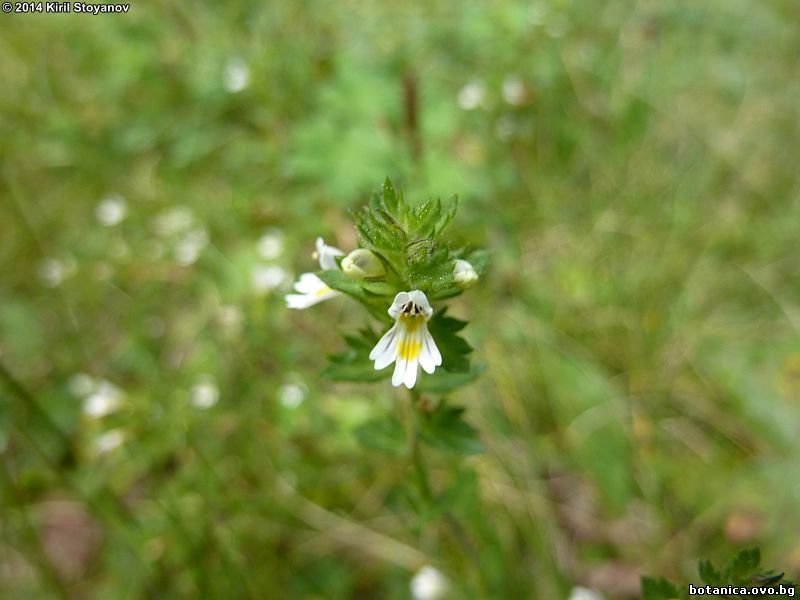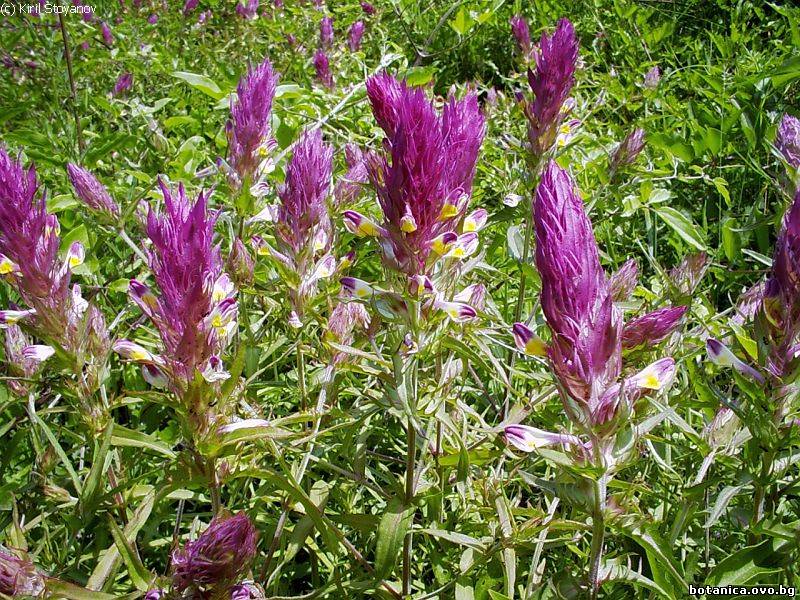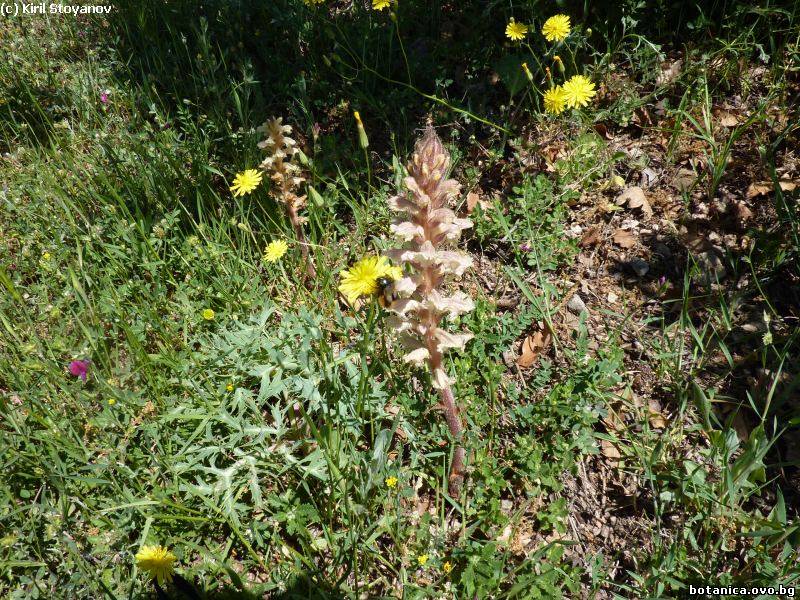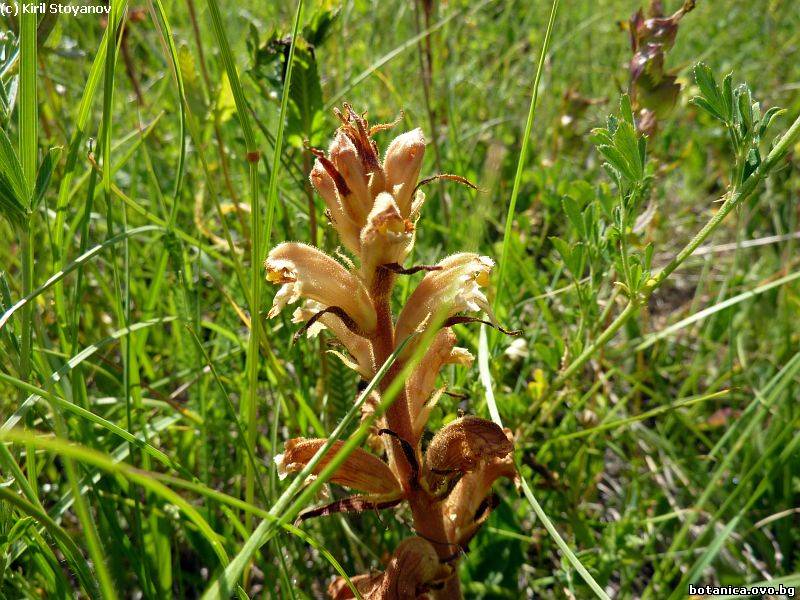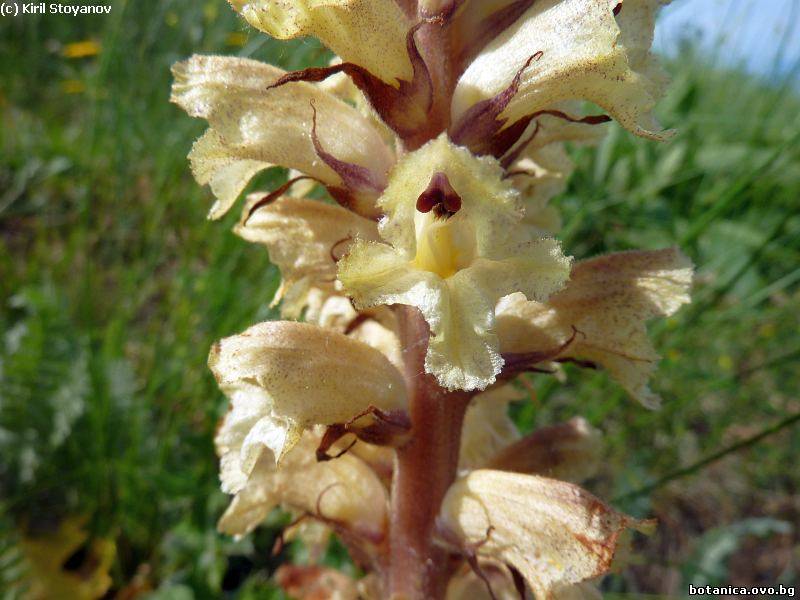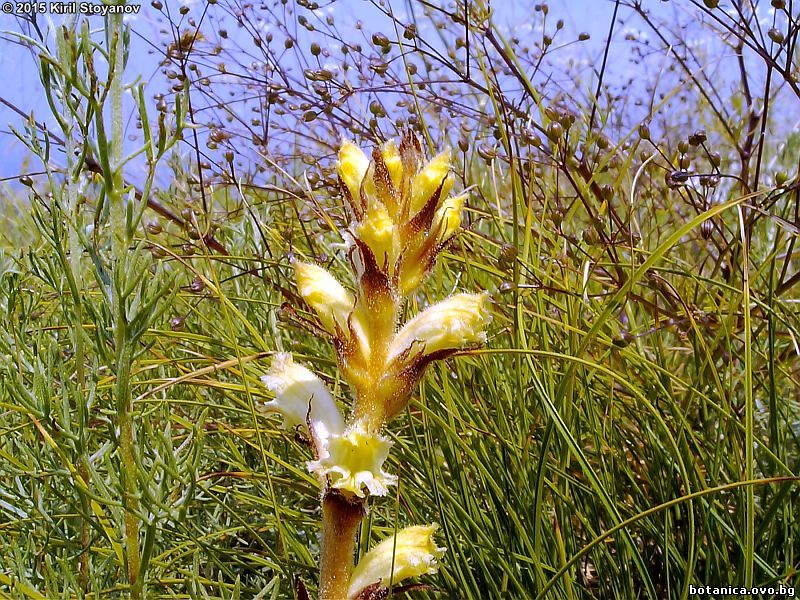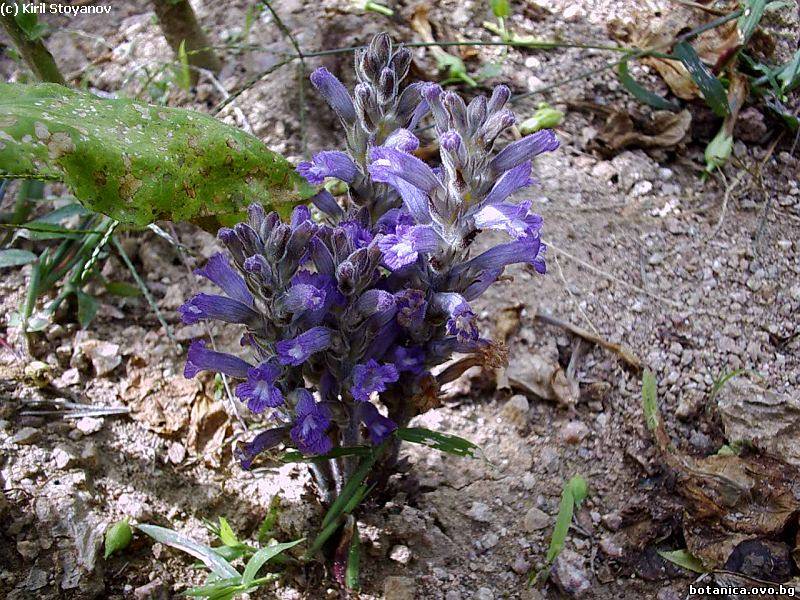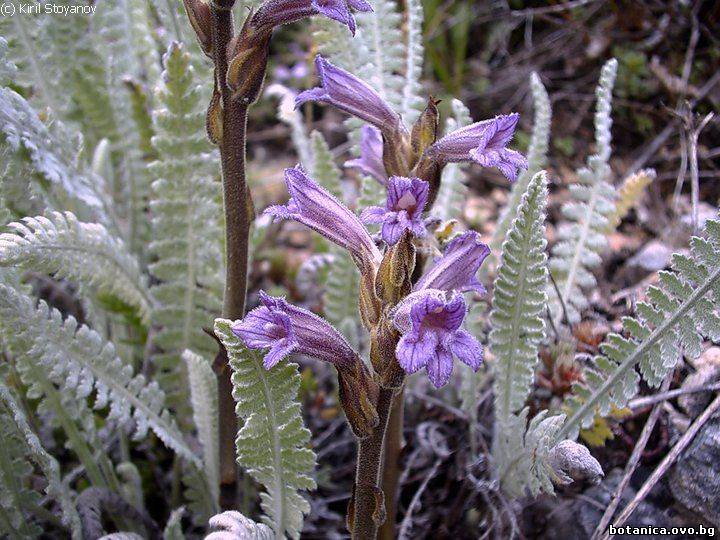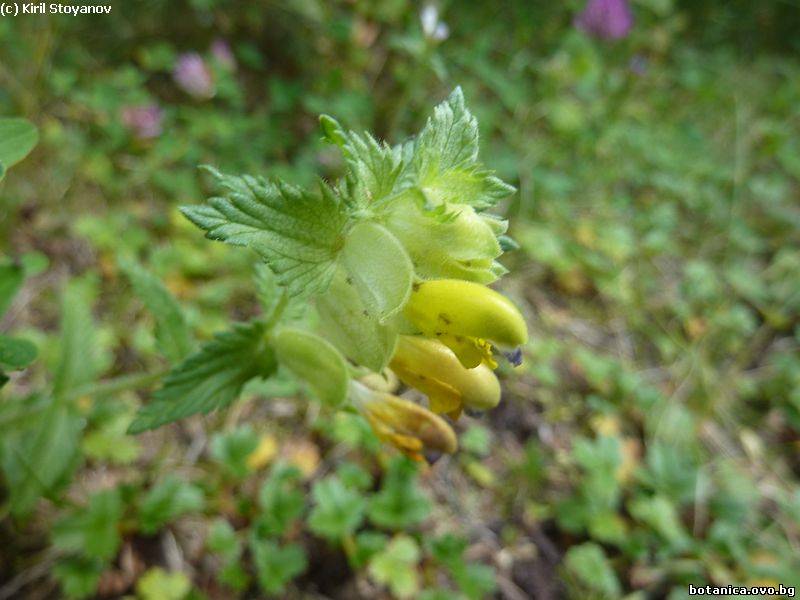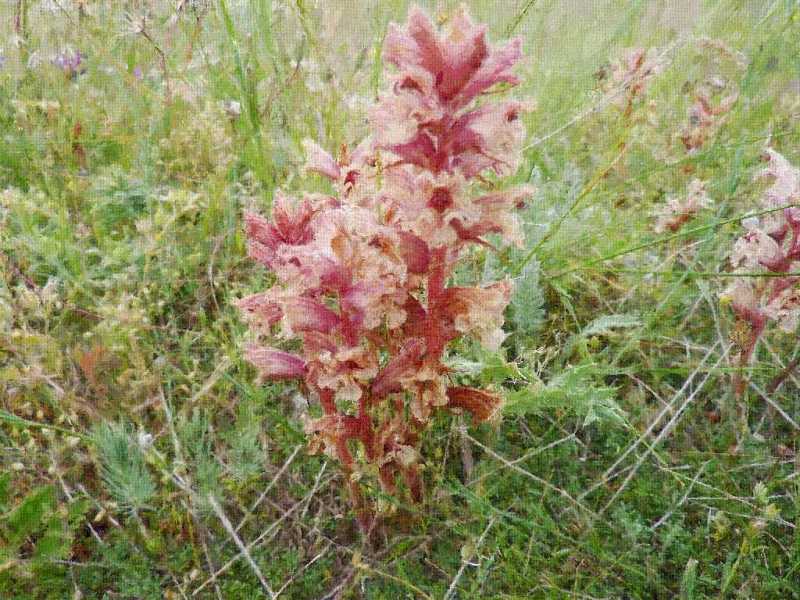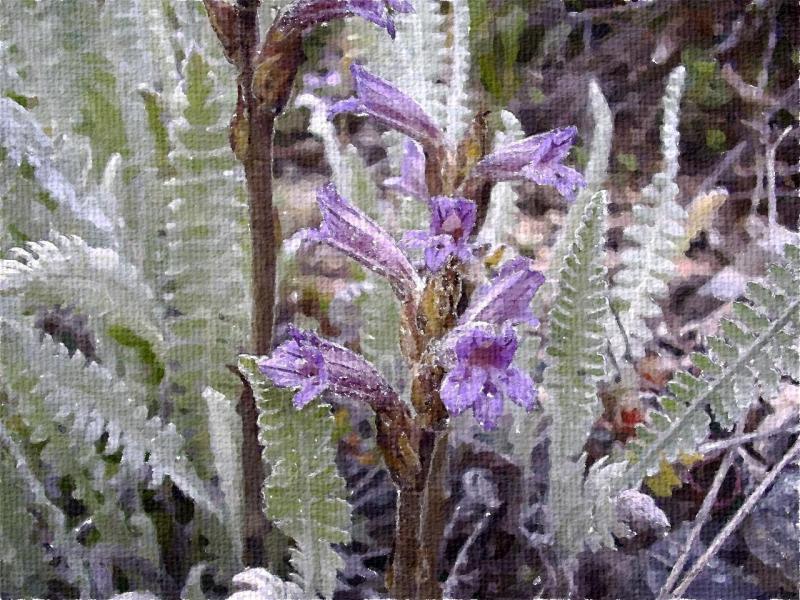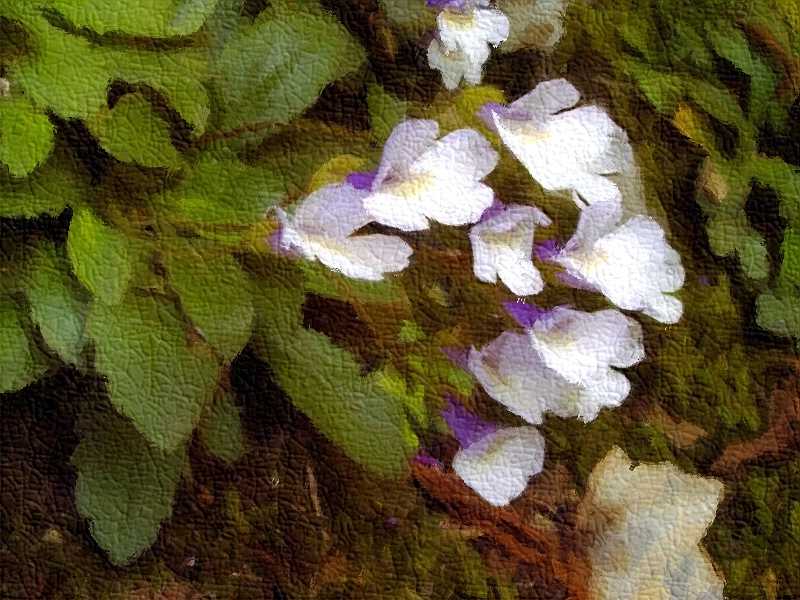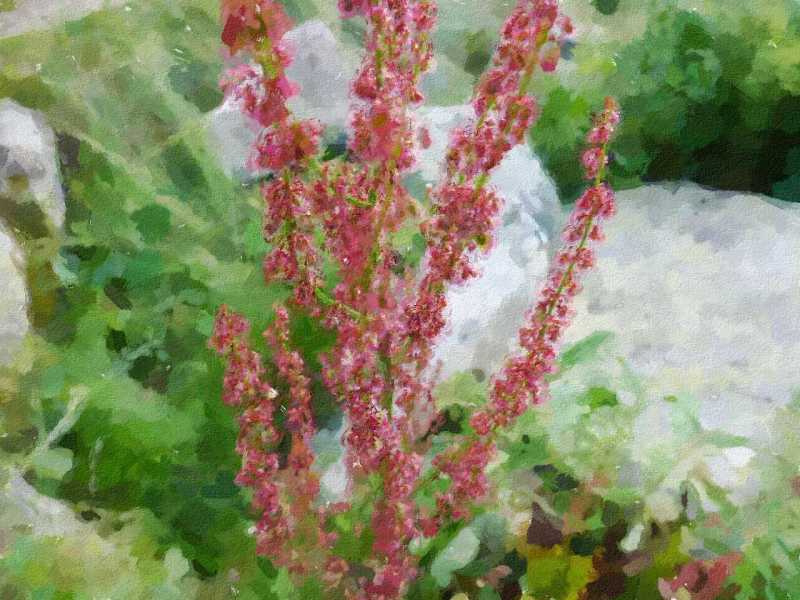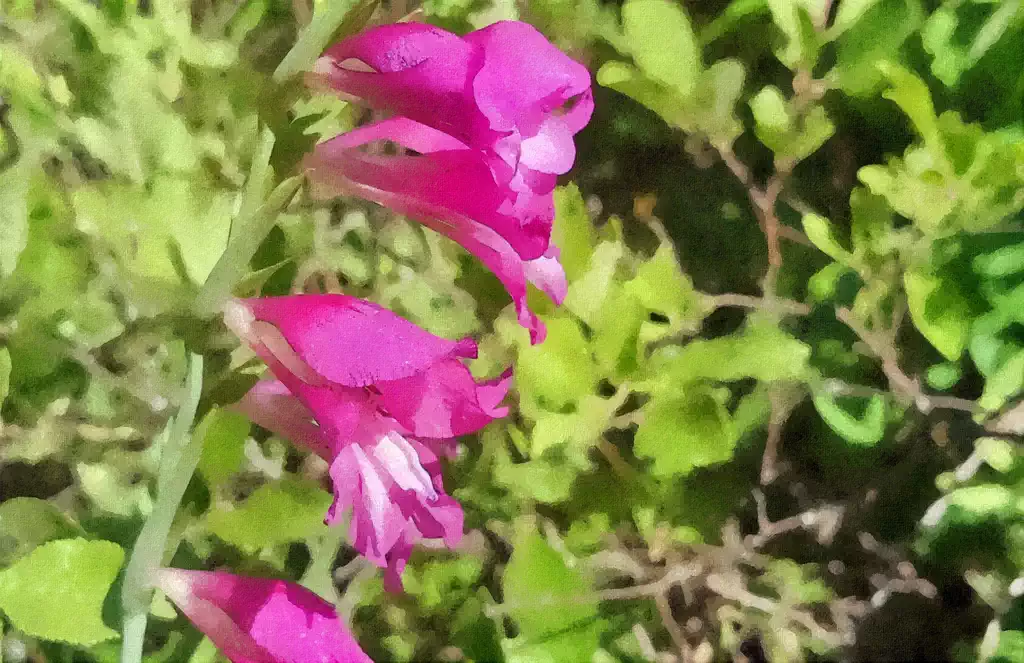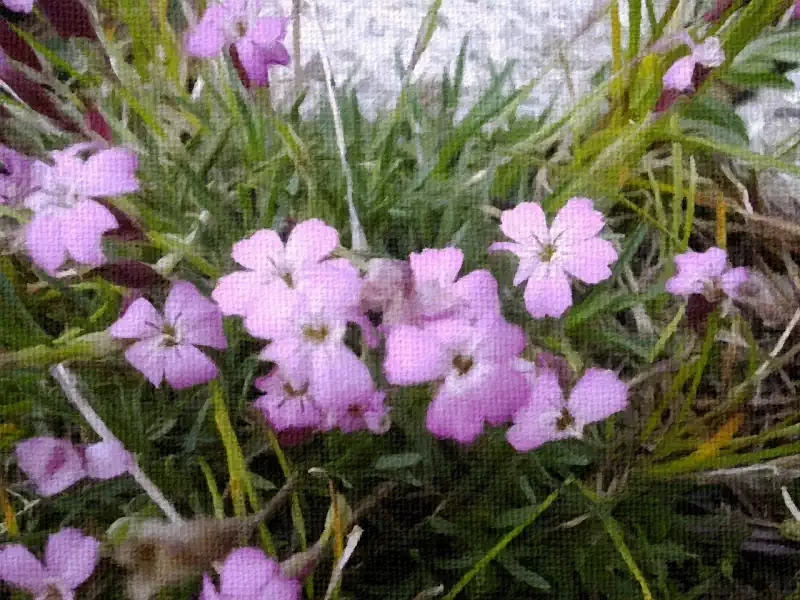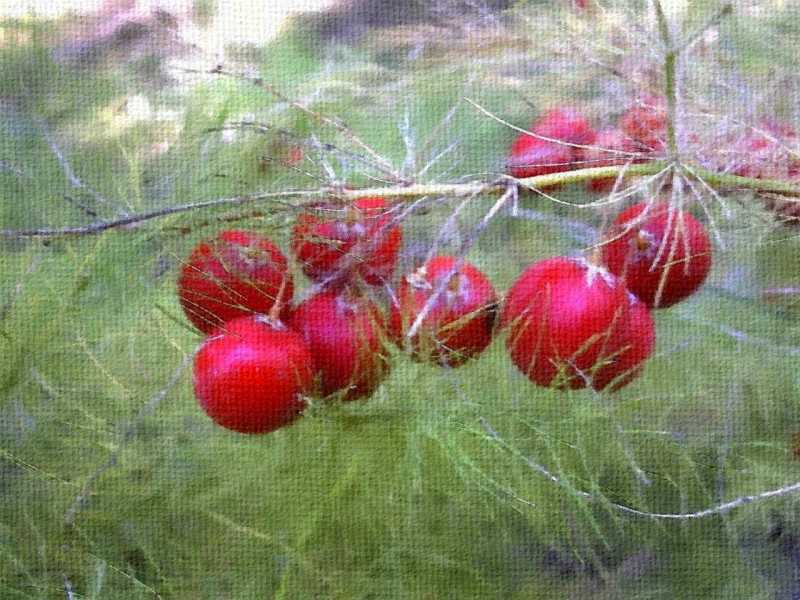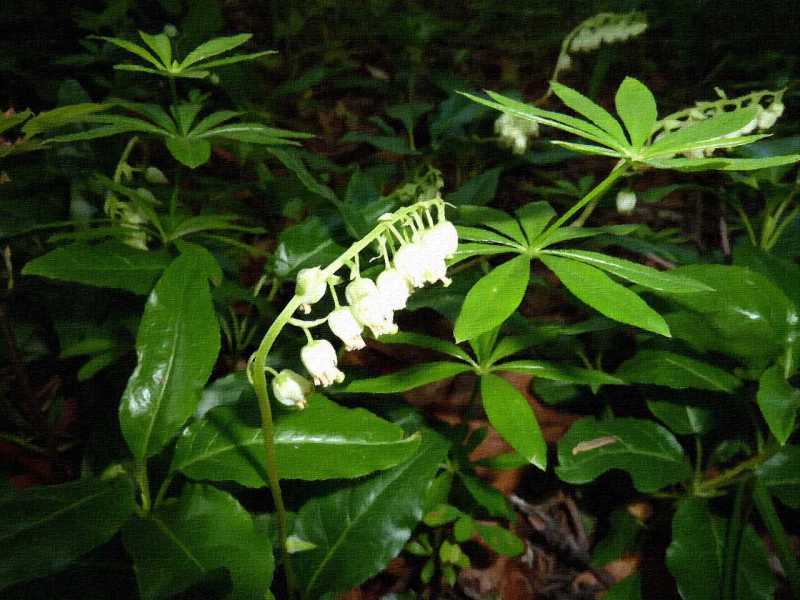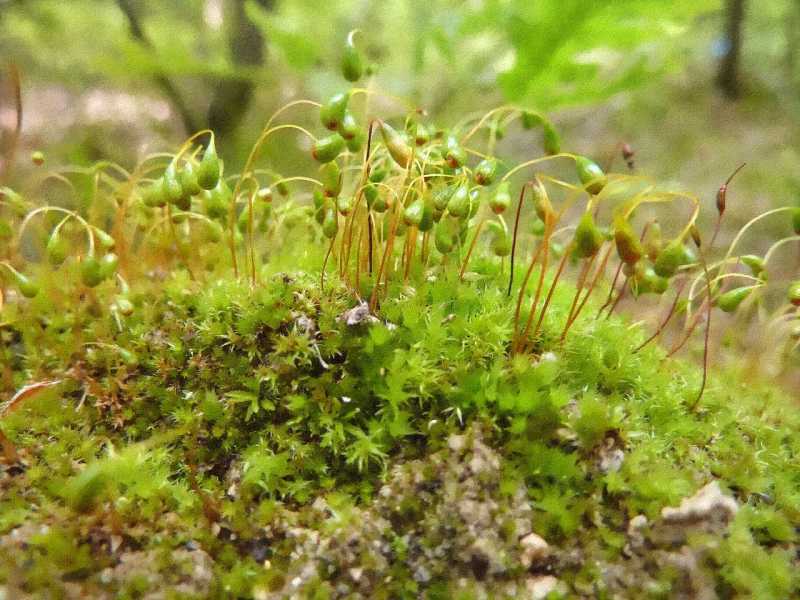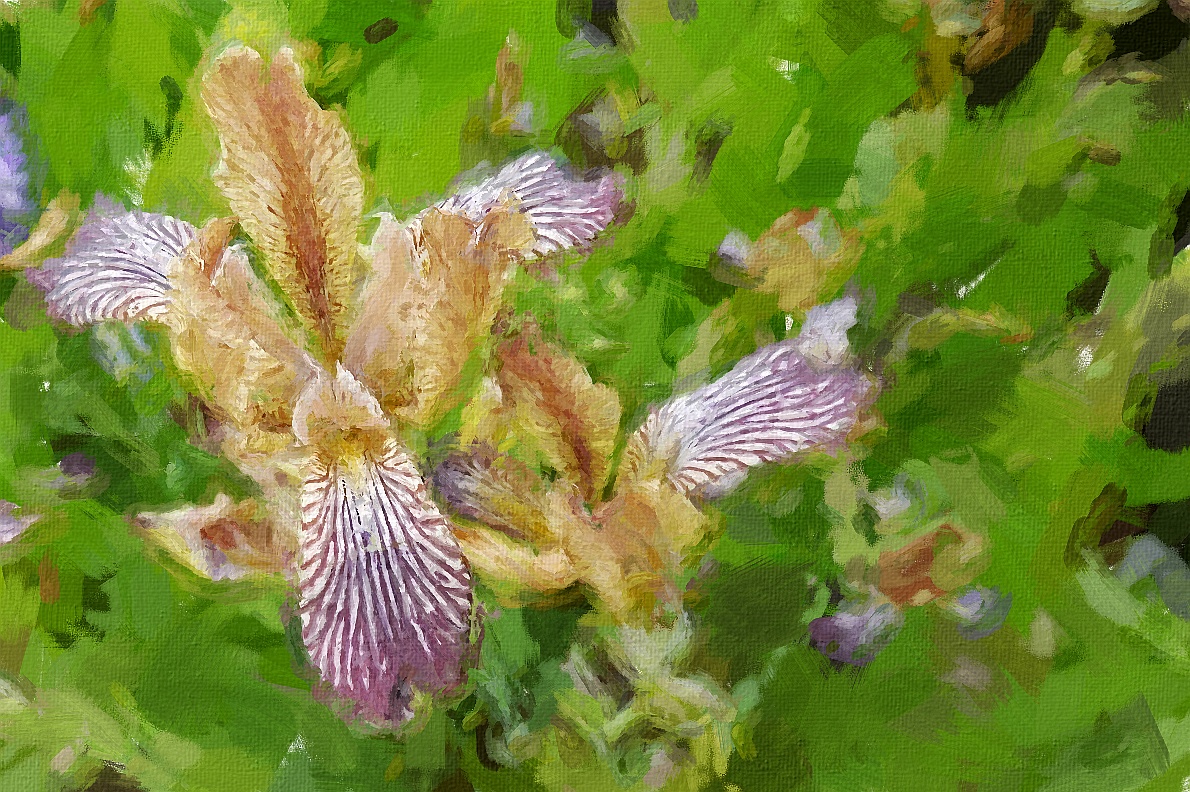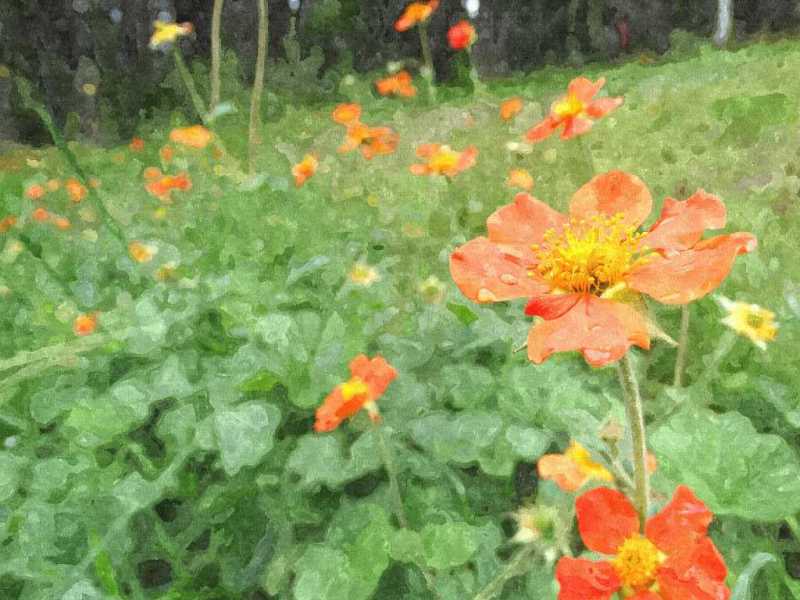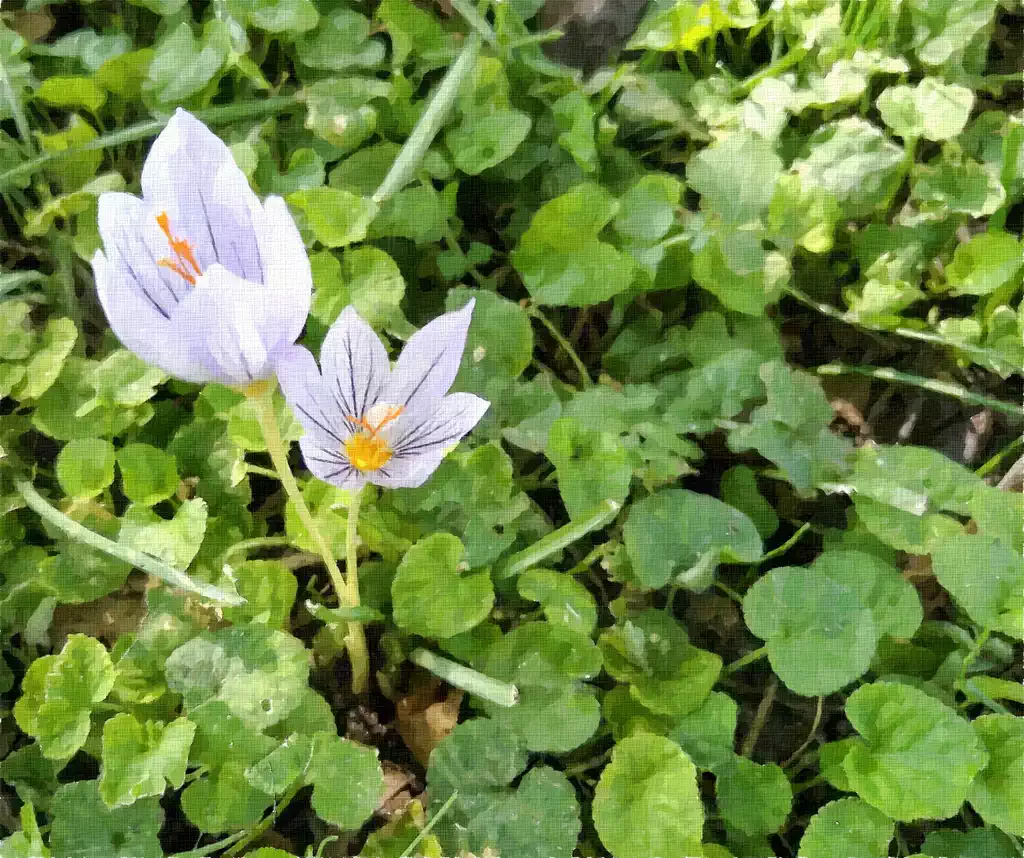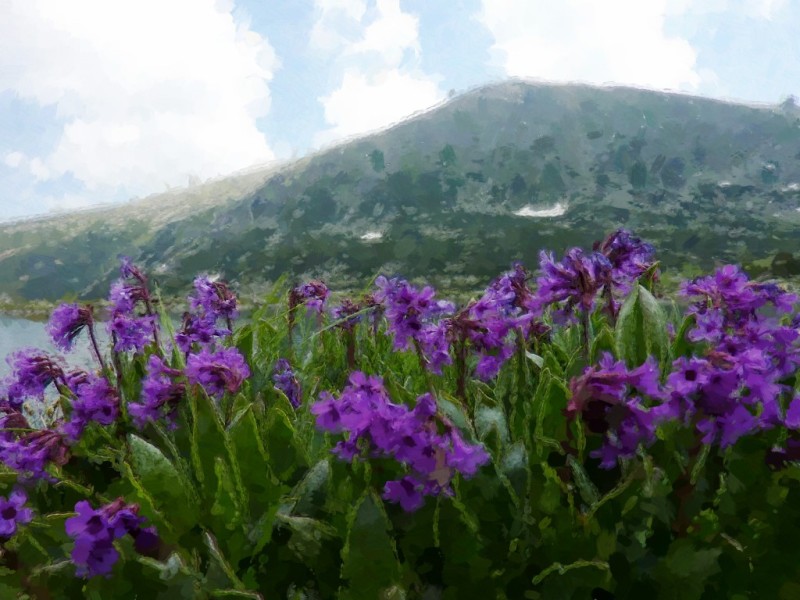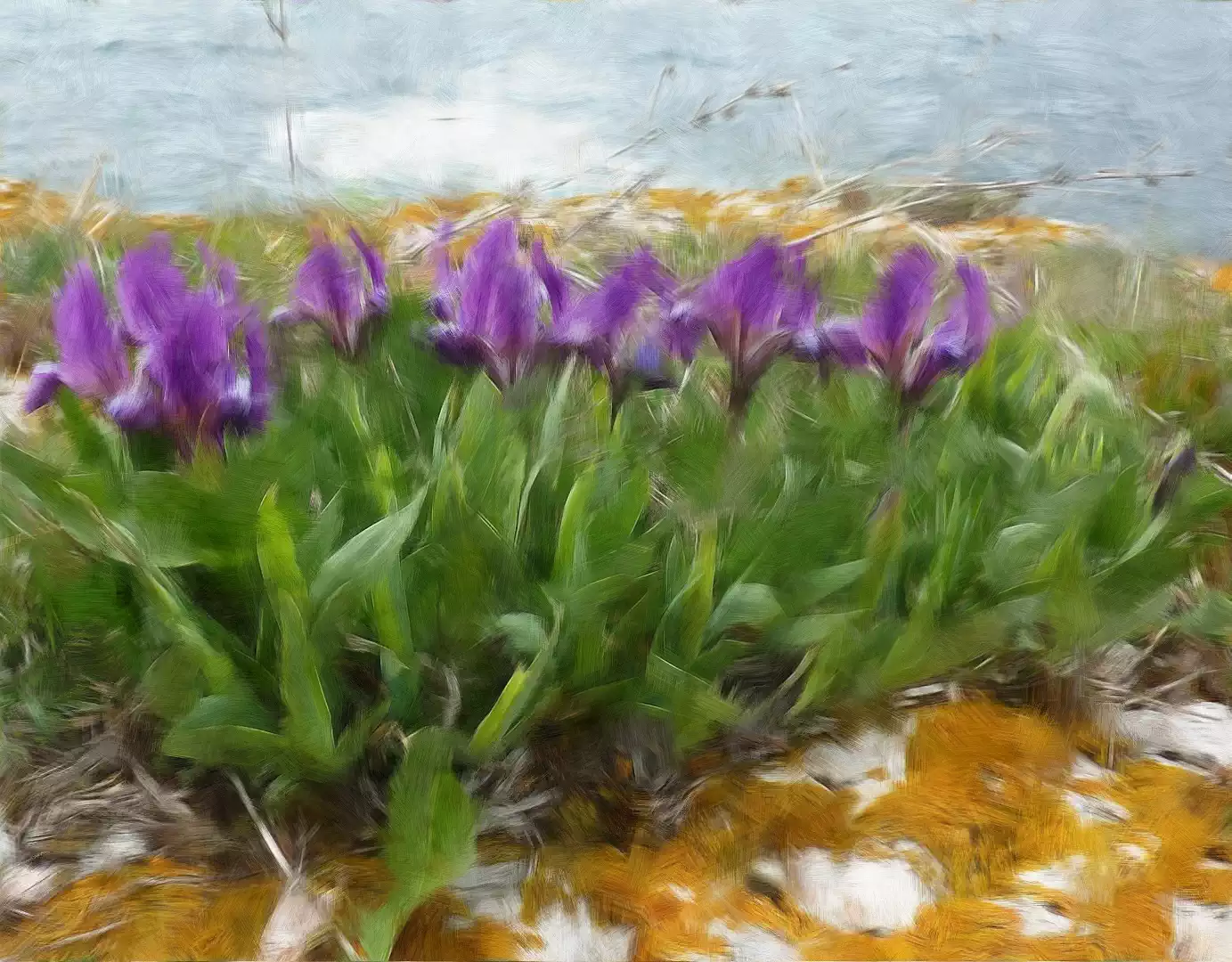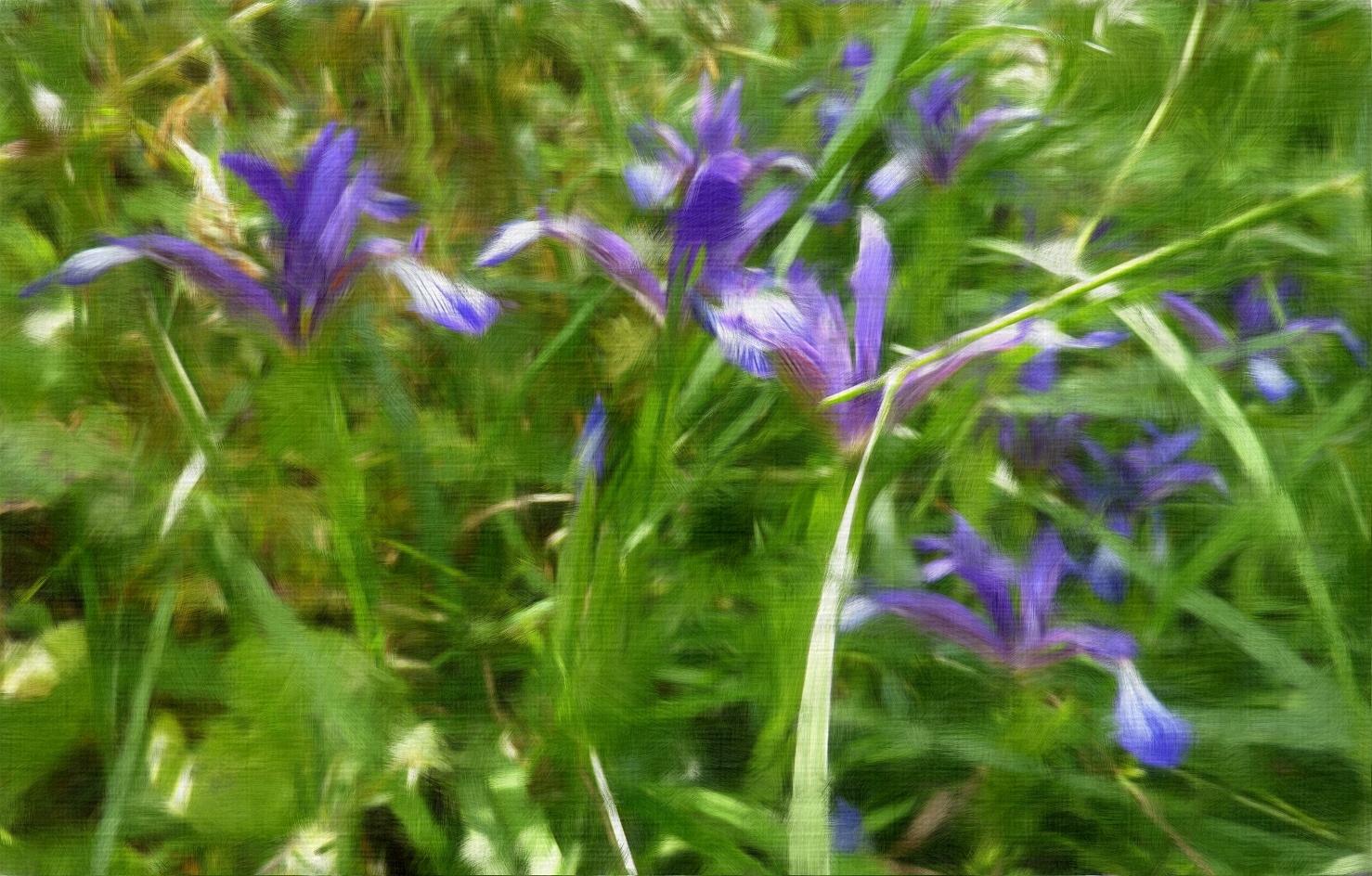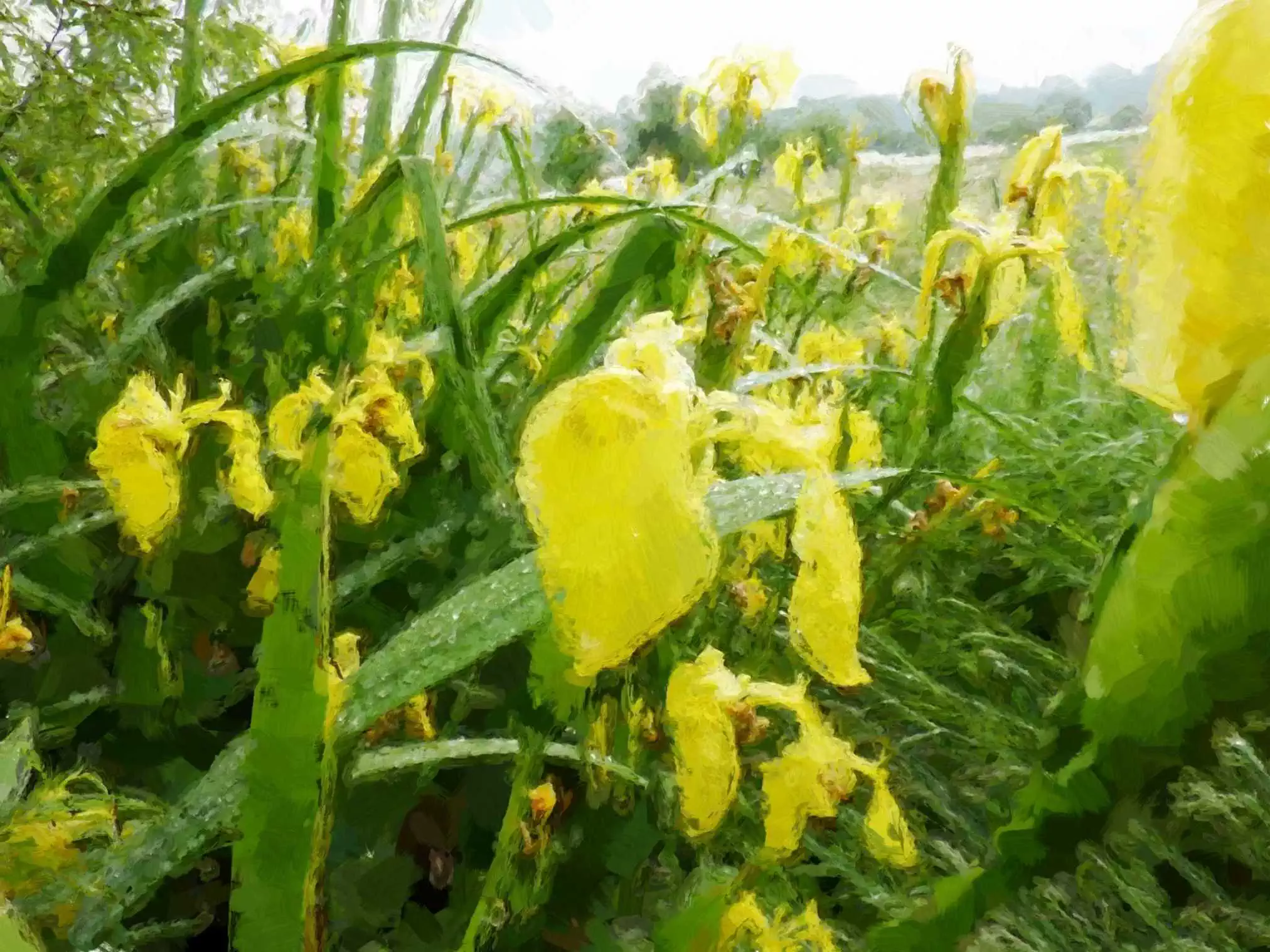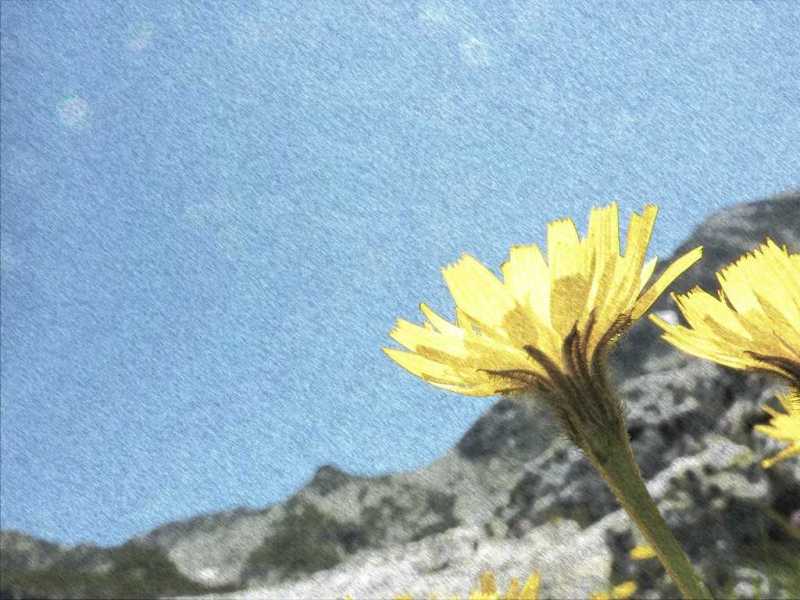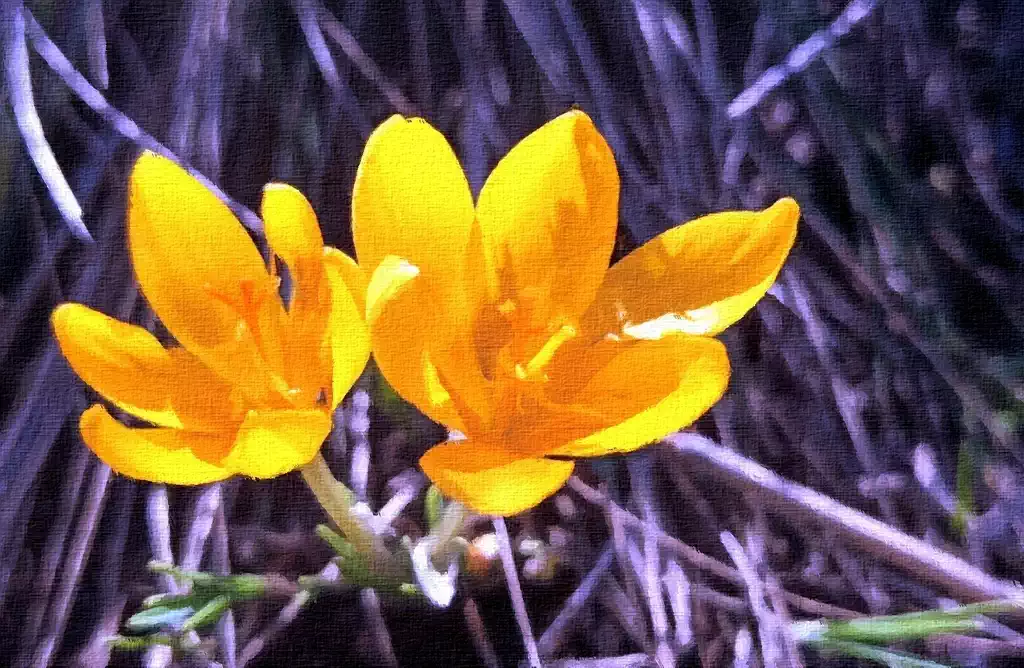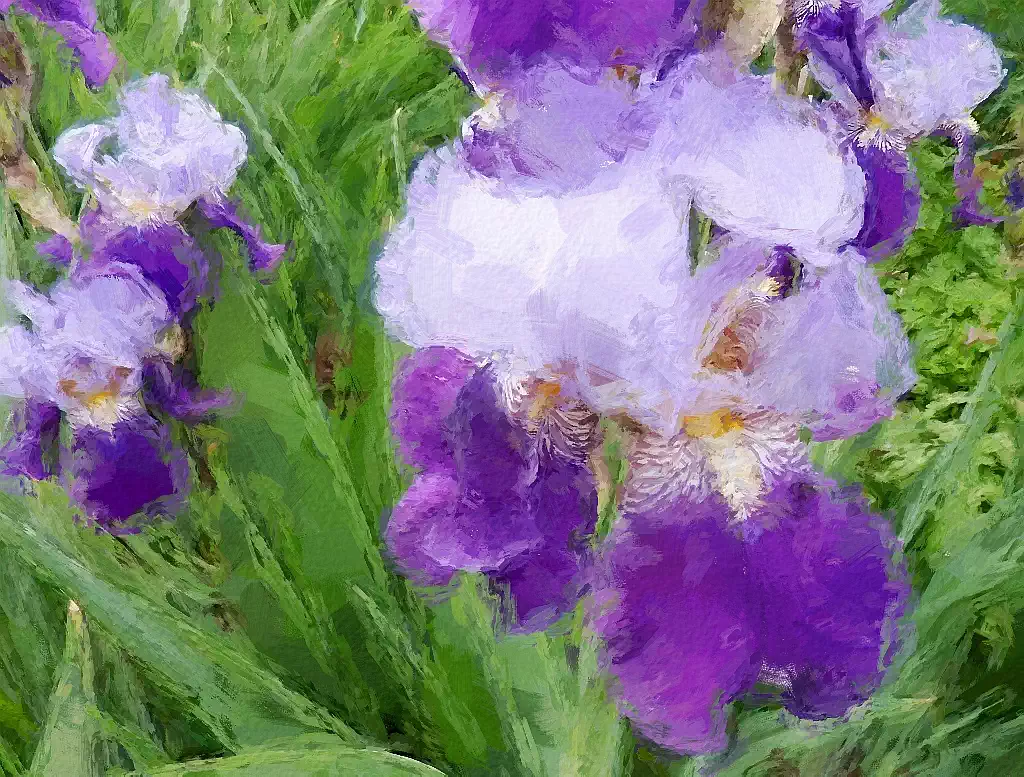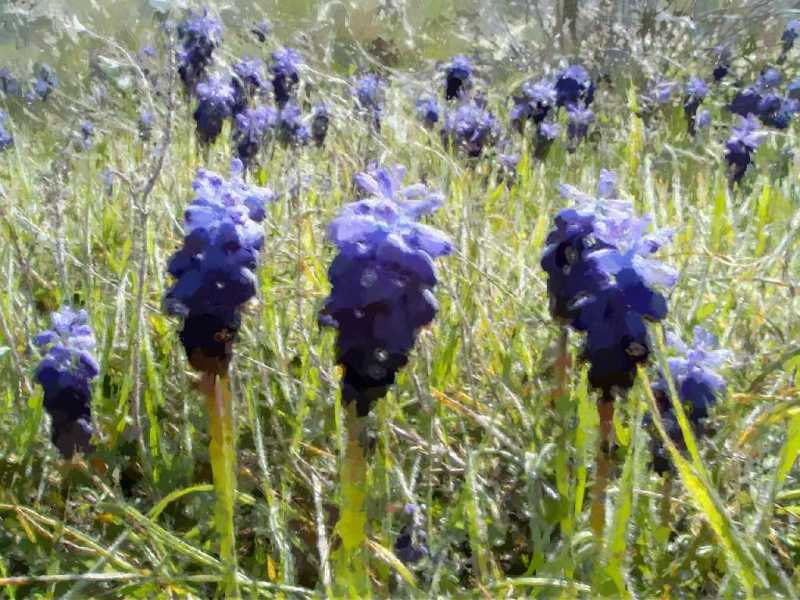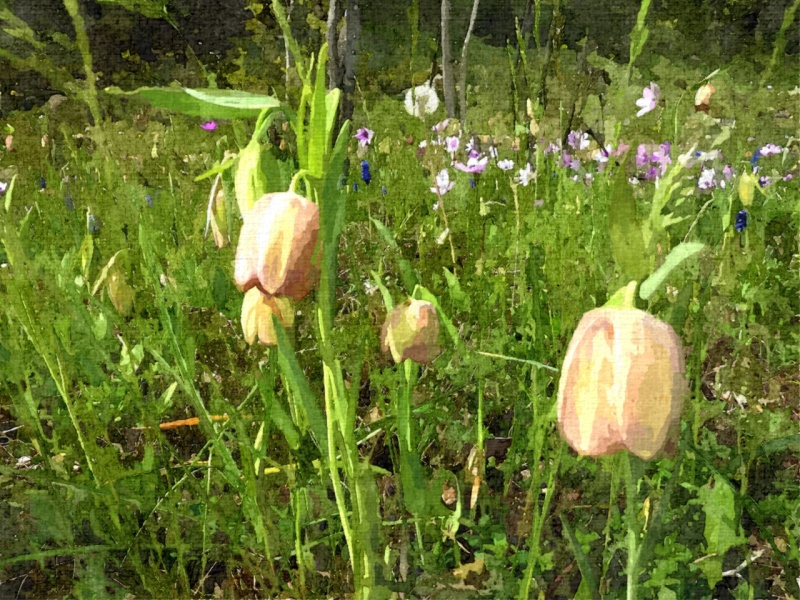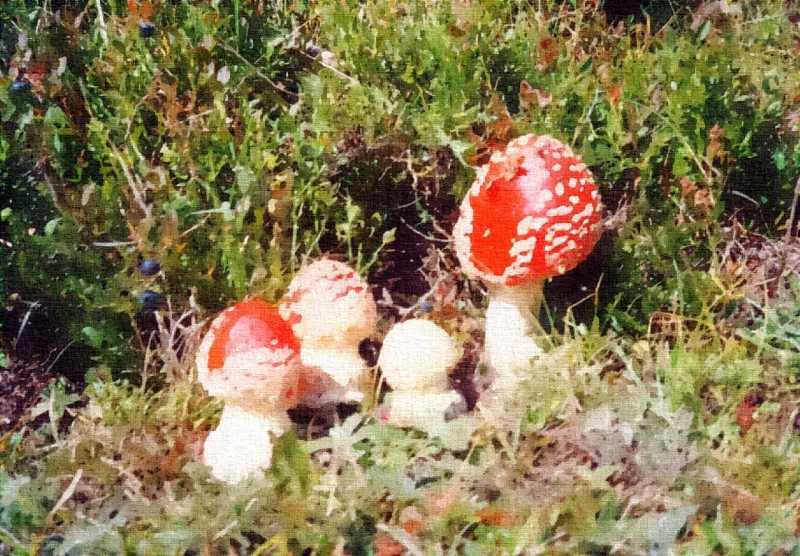PDF
Hristova E., Stoyanov K., Gevezova M. & Denev I. 2011.
Application of ISSR methods in studying Broomrape's (Orobanchaceae) biodiversity in Bulgaria
Biotechnology & Biotechnological Equipment 25(1): 2248-2253
Abstract:
In Bulgaria the holoparasitic family of broomrapes (Orobanchaceae) is represented by 25 species from two genera. The local diversity of the broomrapes in Bulgaria is still grossly under-studied using modern approaches. This not only leads to unclear status of taxonomically problematic species and their local intraspecific taxa, but also hampers the assessment of their relevance as actual or potential treats for agricultural. The aim of this study was to select ISSR primers that amplify polymorphic microsatellite loci suitable both for taxonomic and population studies. One hundred ISSR primers (University of British Columbia Nucleic Acid-Protein Service Unit, UBC Primer Set #9) were tested. Specimens from five different species (Phelipanche ramosa, P. mutelii, P. purpurea, Orobanche alba and O. minor), collected from different locations were used to isolate genomic DNA. The PCR reactions were carried out in a TC-512 THERMAL CYCLER (Techne). The amplified unambiguous bands were scored to compile a presence/absence matrix. Cluster analyses were performed with PAST software. We found that 13 ISSR primers produce polymorphic bands suitable to distinguish the known sections and genera. Other 3 primers can distinguish the genera and probably higher taxonomy ranks. The obtained results open a good opportunity to study broomrape’s biodiversity in Bulgaria.
Scopus, Web of Science, IF=1.632
Acknowledgments
The study was supported by Bulgarian National Science fund grants IFS-B-606 module 1, grant DO-02-204, grant DTK-02/40 and SYNTHESYS projects AT-TAF-3133 and ES-TAF-4407 (European Community – Research Infrastructure Action under the FP6 "Structuring the European Research Area” Program).
[цитирано в: | cited in:]
- Abedi S., Darvishzadeh R., Bernousi I., Mandoulakani B.A., Maleki H.H., Shah D. 2014. Genetic variability of Orobanche aegyptiaca infesting tobacco in Iran by Bayesian analysis. Biologia. 69(12): 1 Web of Science, Scopus
- da Silva, I.C., de Oliveira, M.D.S.P. & Fortes A.C.R. 2014. Seleção de primers ISSR para análises genéticas em Tucumã-do-para (Astrocaryum vulgare Mart.). 18o Seminário de Iniciação Científica e 2o Seminário de pós-graduação da Embrapa Amazônia Oriental. 12 a 14 de agosto de 2014, Belém-PA.
- Duca M., Port A., Boicu A., Șestacova T. 2017. Molecular Characterization of Broomrape Populations from Republic of Moldova using SSR Markers. Helia, https://doi.org/10.1515/helia-2017-0003 Scopus
- Duca , M., Joita-Pacureanu M., Port A., Martea R., Boicu A., Risnovanu L. & Clapco S. 2020. Genetic diversity analisys of sunflower broomrape populations from Republic of Moldova using ISSR markers. Romanian Agricultural Research, 37: 89-97. Web of Science, Scopus
- Oliveira Gomes S., Ferreira de Miranda Mendes R. & Sarmanho da Costa Lima P. 2012. Determinação da temperatura de anelamento commarcadores ISSR em acessos de pinhão – Manso. II Congresso Brasiliero de Recursos Geneticos, 24 a 28 setembrio de 2012 BELEM-PA.
- Pineda Martos R. 2014. Estudios Moleculares en Jopo de girasol (Orobanche cumana Wallr.). Tesis doctoral. Servicio de Publicaciones de la Universidad de Córdoba.
- Pineda-Martos R., Velasco L. and Pérez-Vich B. 2014. Identification, characterisation and discriminatory power of microsatellite markers in the parasitic weed Orobanche cumana. Weed Research, 54(2): 120–132, April 2014DOI: 10.1111/wre.12062 Web of Science, Scopus
- Rodriguez Oeda M.I. 2016. Estudios genéticos y de biología reproductiva en Orobanche cumana Wallr (thesis doctoral). Universidad de Córdoba, UCOPress
- Sharawy S. & Karakish E. 2015. Taxonomic relationships of some species of Orobanche L. Evidence from RAPD-PCR and ISSR markers. Pak. J. Bot. 47(2): 437-452, 2015. Web of Science, Scopus
- 石必显, 张键, 顾元国, 赖成霞, 雷中华, 沙红, 高燕, 玛依拉·玉素音, 赵君. 2019. ISSR 标记揭示我国向日葵列当群体的遗传多样性 [Shi Bi-xian, Zhang Jian, Gu Yuan-guo, Lai Cheng-xia, Lei Zhong-hua, Sha Hong, Gao Yan, Mayla Yusuyin, Zhao Jun. 2019. Application of ISSR markers to reveal the genetic diversity of sunflower broomrape in China]. Chinese Journal of Oil Crop Sciences, 2019,41(4):629-637. doi:10.7505/j.issn.1007-9084.2019.04.018.
- Stojanova B., Delourne R., Duffe P. 2019. Genetic differentiation and host preference reveal non-exclusive host races in the generalist parasitic weed Phelipanche ramosa. Weed Research, DOI: 10.1111/wre.12353. Web of Science, Scopus
- Velez P., Quintero C.A., Merino G., Gasca-Pineda J. & Gonzales M.C. 2016. An ISSR-based approach to assess genetic diversity in the marine arenicolous fungus Corollospora maritima sensu lato. Mycoscience, 187-195. Available online 17 March 2016, ISSN 1340-3540, http://dx.doi.org/10.1016 Web of Science, Scopus
- Zhang X, Du J, Wang P, Wang P, Liu Z, Yao Z, Zhao S, Xi H. 2024. Identification and genetic diversity analysis of broomrape in Xinjiang, China. Mol Biol Rep. 2024 Feb 23;51(1):326. doi: 10.1007/s11033-023-09203-9. PMID: 38393610; PMCID: PMC10891240. Web of Science, Scopus
